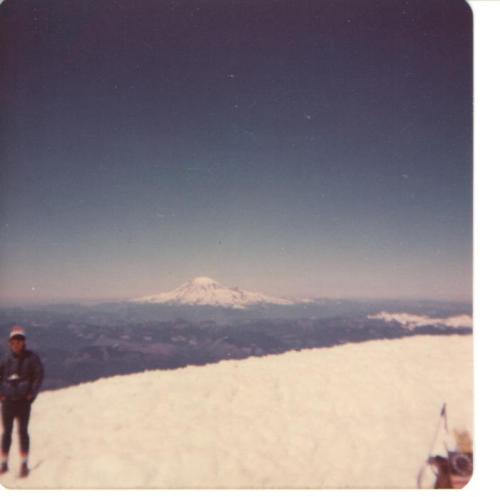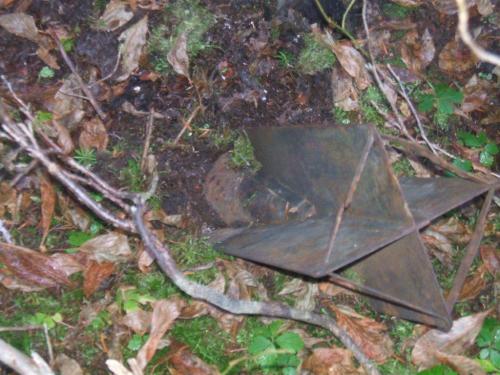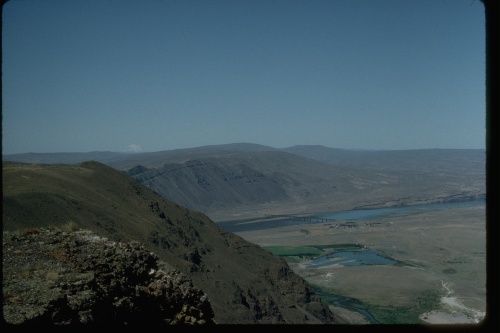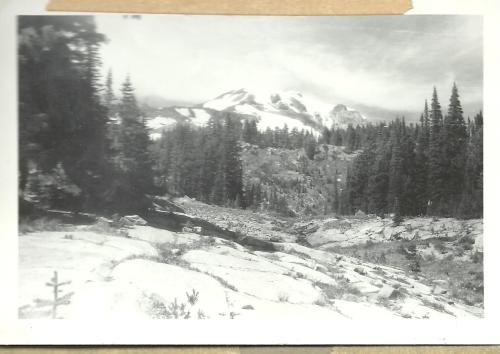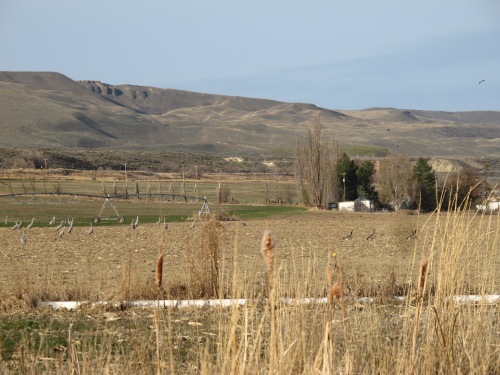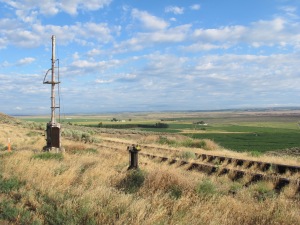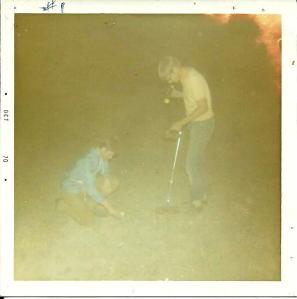
I spent many days wandering the hills and plains around Lower Crab Creek when I was young. It’s one of the things I miss, living now on the wet side of the state. I have always said that the desert is an honest land. It displays the record of everything that happens there, and the record remains visible sometimes for centuries, if you know where to look.
There is a gravel road leading into the Columbia Wildlife Refuge that goes almost straight north from the highway. Once as a young man I hiked along that road. Noting something in the weeds, I left the gravel and headed toward a rock outcrop. I was partway there when I came upon a u-shaped rut, familiar to me because I had once camped in such a rut on Saddle Mountain. This was the extension of that same wagon trail, paralleling the gravel road, headed toward the Crab Creek crossing. It was part of the wagon road leading from White Bluffs to the Grand Coulee Country, the same trail Ben Hutchinson helped drag the steamboat Chelan over. And steps away from the wagon road was a trench barely a foot across, tending in the same direction, from water to water. This was the footpath Native Americans had used for millenia before they guided the Hudsons Bay Company trappers along it on their way to Okanogan.
Three roads north, in parallel. People had the same idea in different generations, and the desert remembers.


